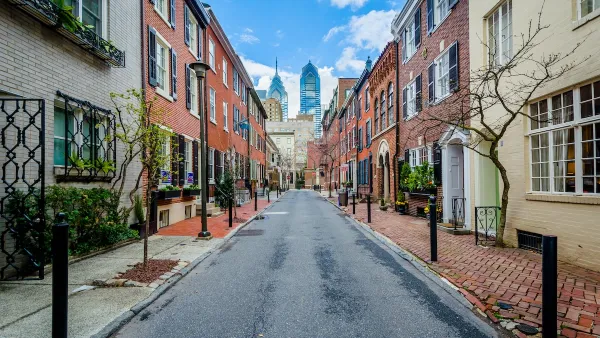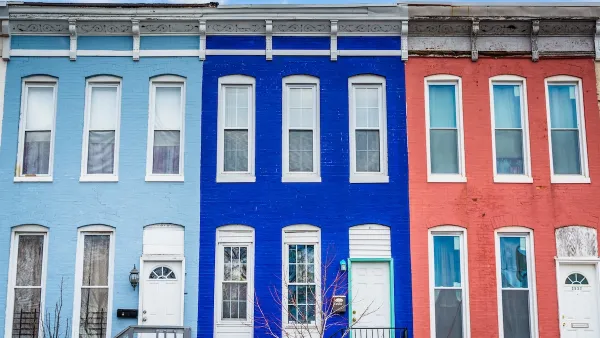A new report by the Pew Charitable Trusts tracks the demographics of Philadelphia between 1970 and 2010. Overall, middle class residents left the city during those decades, but there are reasons for optimism regarding the prosperity of the city.
A recent report by the Pew Charitable Trusts finds that the city of Philadelphia’s middle class shrank between 1970 and 2010, simultaneous with a growing proportion of impoverished residents.
“The Philadelphia middle class, a backbone of economic vitality that once made up the majority of residents in most of the city's neighborhoods, has declined in steep numbers since 1970, from 59 percent to 42 percent by 2010,” according to an article by Maria Panaritis detailing the report. Moreover “the share of lower-class Philadelphians spiked from 30 percent to 47 percent as the middle class shrank.”
Panaritis also compares Philadelphia’s demographic shift relative to other cities around the country. “Philadelphia is decidedly poorer than when it was a manufacturing powerhouse, losing even a greater share of higher-taxpaying middle-class residents than the nation as a whole, and failing even to see increases in its upper-class population to match other cities that fared better.”
In article announcing the report, Pew provides a less gloomy take on the study: “The size of Philadelphia’s middle class has essentially stabilized in the past decade after a period of prolonged decline.”
Moreover, the middle class that currently lives in the city is better off than the middle class 40 years go: “Today’s middle-class Philadelphians are better educated and more likely to work in professional or service jobs than their counterparts of four decades ago and other city residents now.”
FULL STORY: Pew report: City's middle class is shrinking

National Parks Layoffs Will Cause Communities to Lose Billions
Thousands of essential park workers were laid off this week, just before the busy spring break season.

Retro-silient?: America’s First “Eco-burb,” The Woodlands Turns 50
A master-planned community north of Houston offers lessons on green infrastructure and resilient design, but falls short of its founder’s lofty affordability and walkability goals.

Delivering for America Plan Will Downgrade Mail Service in at Least 49.5 Percent of Zip Codes
Republican and Democrat lawmakers criticize the plan for its disproportionate negative impact on rural communities.

Test News Post 1
This is a summary

Test News Headline 46
Test for the image on the front page.

Balancing Bombs and Butterflies: How the National Guard Protects a Rare Species
The National Guard at Fort Indiantown Gap uses GIS technology and land management strategies to balance military training with conservation efforts, ensuring the survival of the rare eastern regal fritillary butterfly.
Urban Design for Planners 1: Software Tools
This six-course series explores essential urban design concepts using open source software and equips planners with the tools they need to participate fully in the urban design process.
Planning for Universal Design
Learn the tools for implementing Universal Design in planning regulations.
EMC Planning Group, Inc.
Planetizen
Planetizen
Mpact (formerly Rail~Volution)
Great Falls Development Authority, Inc.
HUDs Office of Policy Development and Research
NYU Wagner Graduate School of Public Service




























